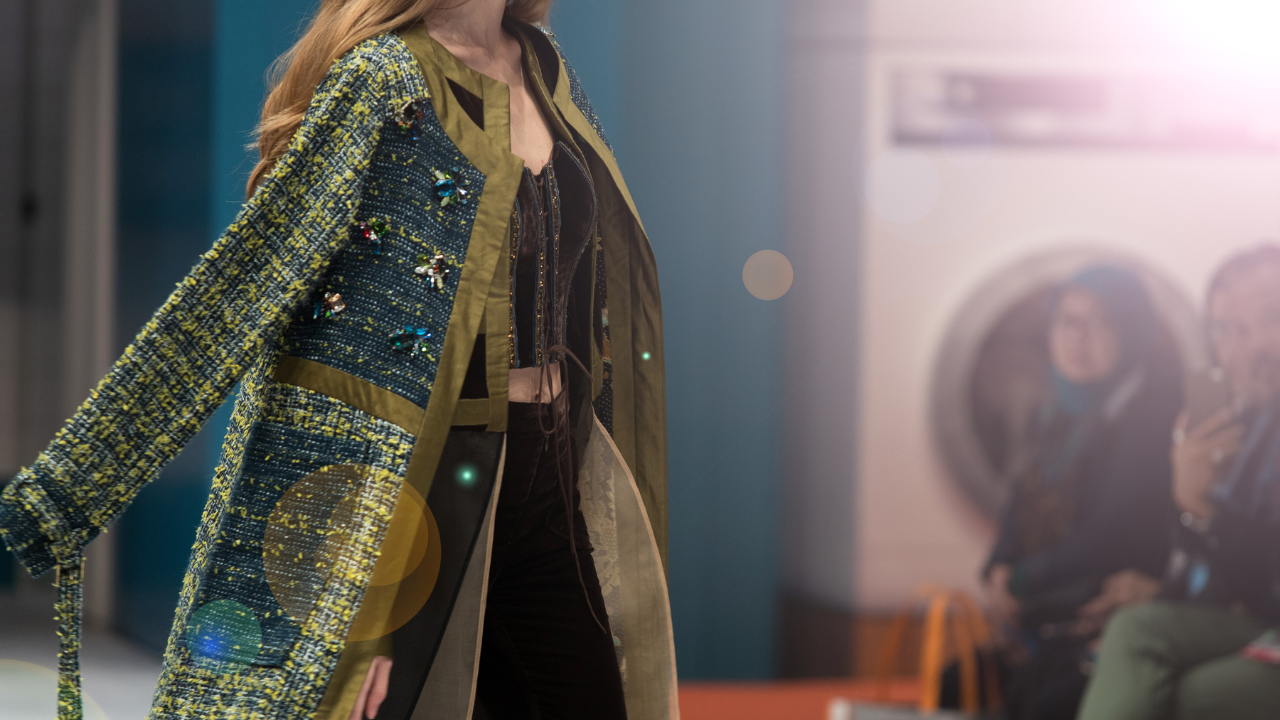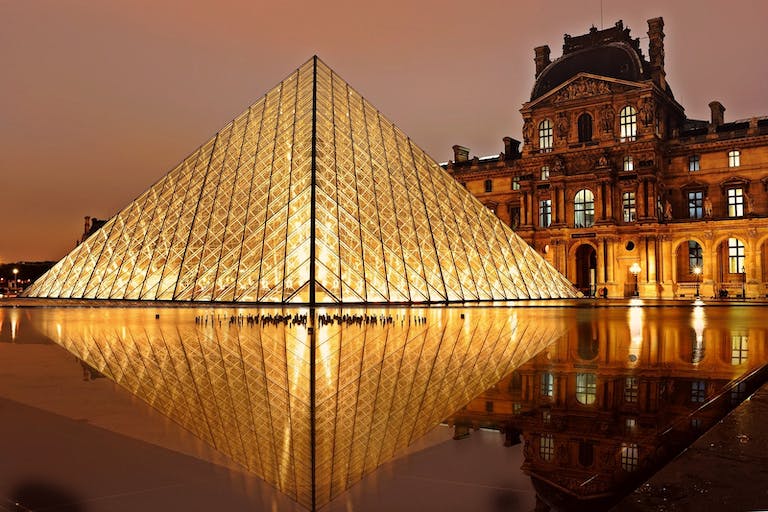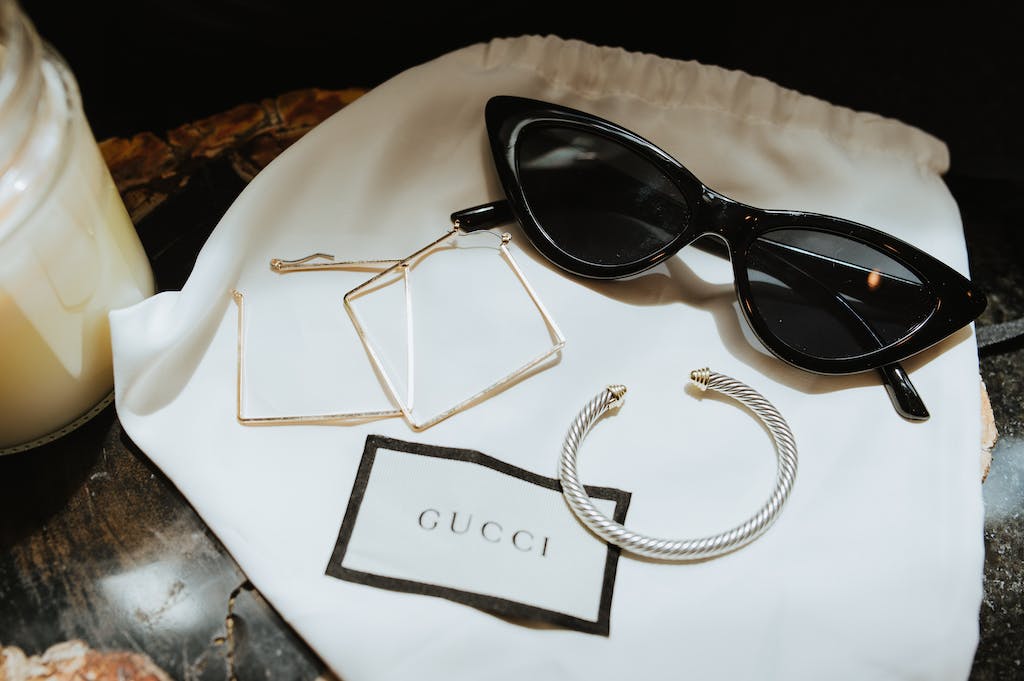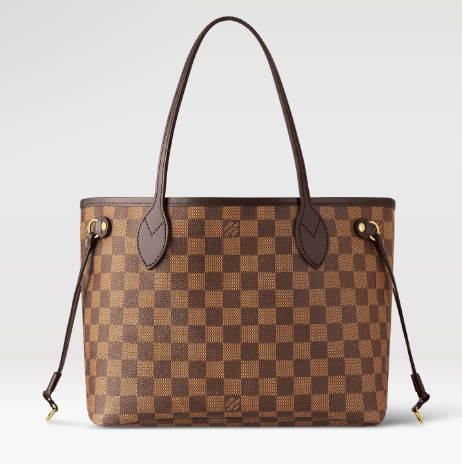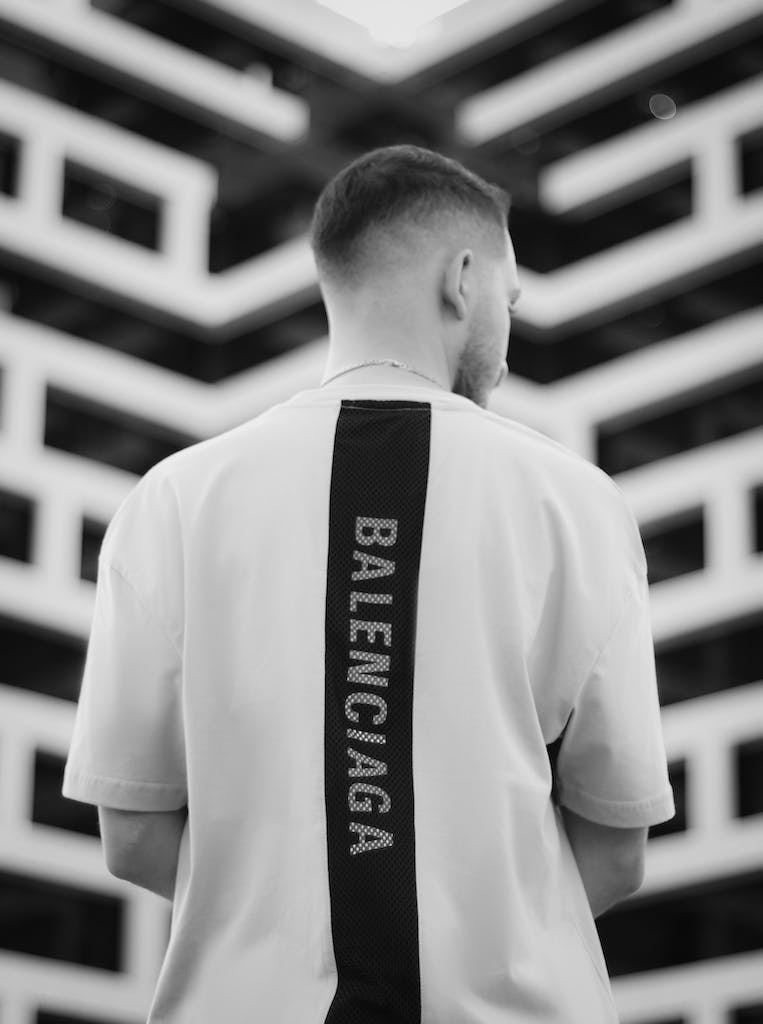Why Is Haute Couture So Expensive? Is It Justified?
Haute couture is expensive due to its unique blend of exclusivity, craftsmanship, and artistry. These garments are handcrafted by skilled artisans using time-consuming techniques and high-quality, often rare materials, it’s a place for designers to create and innovate where money is no object, and the sky is the limit.
Each piece is custom-tailored to the client, adding to the cost. Additionally, the prestige of the haute couture label, upheld by stringent criteria and the reputation of the fashion houses, contributes significantly to its high price. In essence, you’re paying for a one-of-a-kind piece that’s both a fashion statement and a work of art.
Key takeaways
- Haute couture is highly exclusive, made with unparalleled craftsmanship and custom-tailored for each client.
- It involves intricate, time-consuming techniques and uses rare, high-quality materials.
- The prestige of the haute couture label and the artistry of the designers significantly contribute to its high cost.
The Exclusivity of Haute Couture
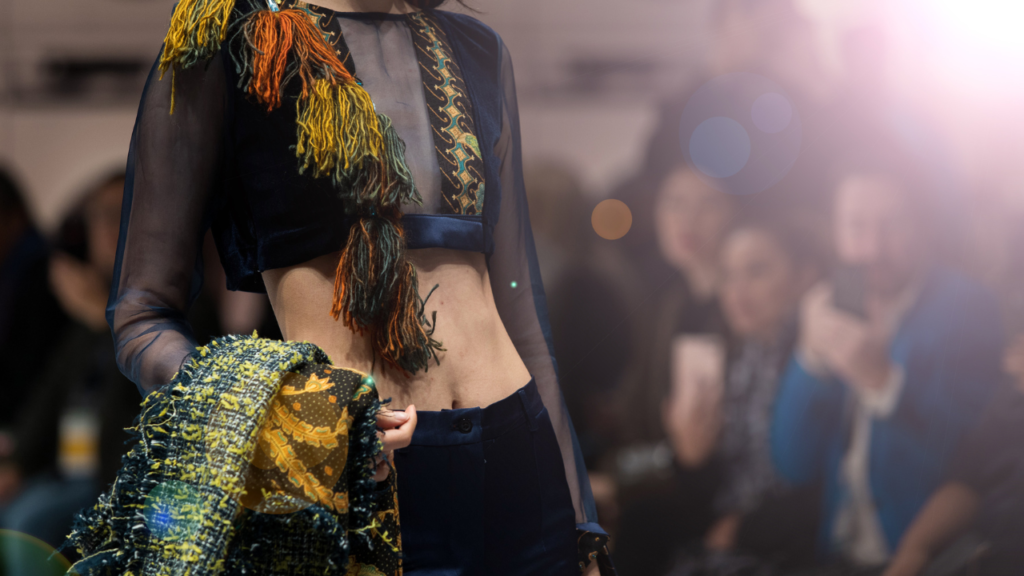
The Chambre Syndicale de la Haute Couture
Haute Couture, a French term meaning ‘high sewing’ or ‘high dressmaking,’ represents the pinnacle of fashion and luxury. Originating in the 19th century, this exclusive world of fashion is renowned for its meticulous craftsmanship and extravagant designs. Unlike ready-to-wear collections, haute couture is a blend of artistic vision and custom fitting, tailored for an elite clientele. This exclusivity is a key factor in its high cost.
Central to understanding why haute couture is so expensive is the role of the Chambre Syndicale de la Haute Couture. This governing body, established in Paris, sets stringent criteria for a fashion house to earn the haute couture label. These criteria include the necessity to have a workshop in Paris, employ a certain number of artisans, and present a minimum number of original designs biannually. With only a handful of fashion houses meeting these standards, the label itself is a symbol of unparalleled quality and exclusivity.
Impact of Exclusivity on Pricing
The limited number of fashion houses that can legally call their creations haute couture significantly drives up the price. This scarcity, combined with the prestige associated with these exclusive brands, creates a high demand among the world’s wealthiest. In essence, when buying haute couture, clients are not just purchasing clothing; they are investing in a piece of art that carries with it a legacy of fashion excellence.
Unparalleled Craftsmanship and Time Investment

The Time Consuming Art of Handwork in Haute Couture
The heart of haute couture lies in its craftsmanship. Each piece is handcrafted by highly skilled artisans, known as les petites mains. These craftsmen spend hundreds, sometimes thousands, of hours meticulously creating each garment. From hand-sewn seams to intricate lacework and delicate beadwork, the attention to detail is unmatched in any other form of fashion.
Consider, for example, the process of creating a haute couture gown embellished with hand-sewn beads. Each bead is individually sewn, a process that can take hundreds of hours for a single dress. Similarly, techniques like featherwork or creating handmade lace are incredibly time-consuming, contributing to the garment’s final cost.
Creating haute couture outfits is an incredibly time-consuming and intricate process, often involving hundreds of hours of laborious handwork by skilled artisans. Here are some notable examples of such creations, along with the brands that crafted them. While specific seamstresses are often not named due to the collective nature of haute couture ateliers, their craftsmanship is crucial to these extraordinary pieces.
- Chanel’s Wedding Dress (Spring 2005 Haute Couture Collection): This exquisite gown required over 2,000 hours of handwork. The team at Chanel’s atelier, led by the then head of Chanel’s haute couture studio, Madame Jacqueline, meticulously crafted this piece. It featured detailed embroidery, sequin work, and a long, flowing train, showcasing the exceptional skills of Chanel’s seamstresses.
- Christian Dior’s Junon Dress (Autumn/Winter 1949 Collection): One of Dior’s most famous creations, the Junon dress, was a masterpiece of embroidery. It was adorned with thousands of sequins, each sewn by hand by the atelier’s seamstresses, a process that took several hundred hours. The painstaking attention to detail in this gown exemplified the essence of haute couture.
- Givenchy’s Black Dress for Audrey Hepburn in “Breakfast at Tiffany’s” (1961): Designed by Hubert de Givenchy, this iconic little black dress was a custom haute couture piece for Audrey Hepburn. The dress was a result of a close collaboration between Hepburn and Givenchy, taking numerous hours to perfect its elegant and simplistic design, a testament to the detailed craftsmanship of Givenchy’s atelier.
- Alexander McQueen’s Oyster Dress (Spring/Summer 2003 Collection): This dramatic gown, designed by Lee Alexander McQueen, resembled an oyster shell and was made from layers of silk organza. The creation of this dress was incredibly labor-intensive, requiring a vast number of hours from McQueen’s skilled seamstresses to hand-stitch each layer to create the desired effect.
- Valentino’s Red Gown (Autumn/Winter 2014 Haute Couture Collection): A stunning example of Valentino’s craftsmanship, this gown required over 800 hours of handwork. The intricate lacework and detailed beading were all meticulously applied by hand by the artisans at Maison Valentino, showcasing their extraordinary skill and dedication to haute couture.
Exceptional Materials and Customization
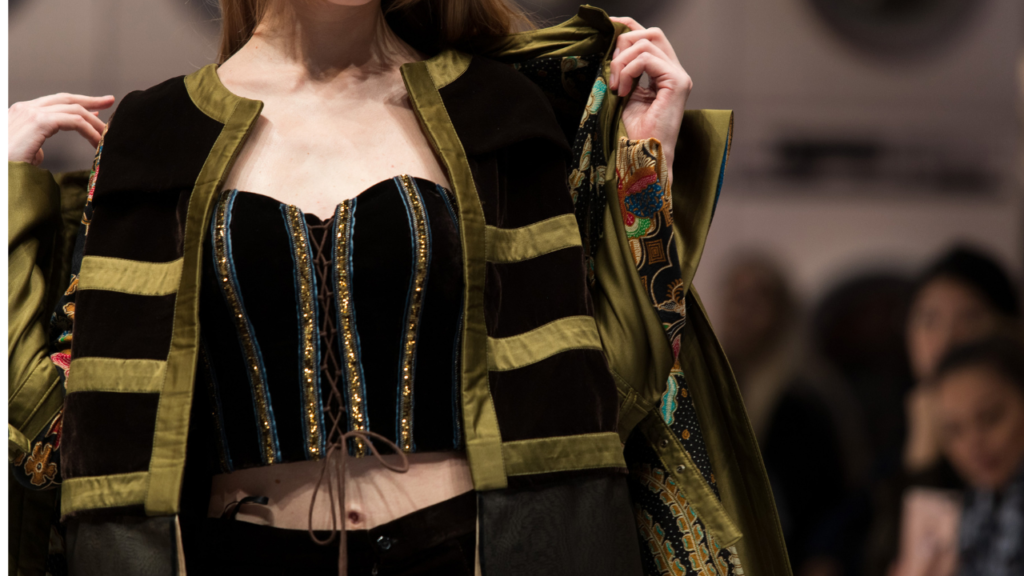
High-Quality, Rare Materials
Haute couture garments are made from the finest materials available worldwide. These often include rare fabrics, such as silk from remote regions of the world or lace handcrafted by artisans in a centuries-old tradition. The rarity and quality of these materials significantly contribute to the garment’s cost.
The Custom-Tailoring Process
Each haute couture piece is custom-made to fit its wearer perfectly. This process involves multiple fittings and adjustments, ensuring that the garment complements the client’s body in every conceivable way. Such personalization requires time and the skill of a master tailor, both of which are costly but crucial for the haute couture experience.
Impact of Personalized Services on Cost
The individual attention given to each client adds a significant amount to the overall cost. The process of custom-tailoring, along with the use of exclusive materials, ensures that each haute couture piece is unique. This one-of-a-kind creation not only provides the wearer with an unparalleled garment but also adds to the luxury and expense associated with haute couture fashion.
The Artistry and Creativity of Designers

The Vision of Haute Couture Designers
In the realm of haute couture, designers are much more than mere creators of clothing; they are true artists. Their vision and creativity set the tone for each collection, turning fabric into masterpieces. This section delves into the minds of these designers, exploring how their unique perspectives and innovative designs contribute to the high cost of haute couture.
Crafting Unique Fashion Statements
Each haute couture piece tells a story, reflecting not only the designer’s artistic vision but also the traditions and craftsmanship of the fashion house. Designers spend countless hours conceptualizing and refining each piece, ensuring that it represents the pinnacle of fashion artistry. This creative process, often involving experimental techniques and avant-garde ideas, adds immense value to the final product.
Designer Profiles and Their Impact
Consider the profiles of legendary designers who have left their mark on the haute couture world. Their contributions have not only shaped the direction of fashion but have also established a standard of luxury and exclusivity. By examining their work, we can better understand the role of the designer in elevating haute couture beyond mere clothing to wearable art.
Marketing and Brand Prestige
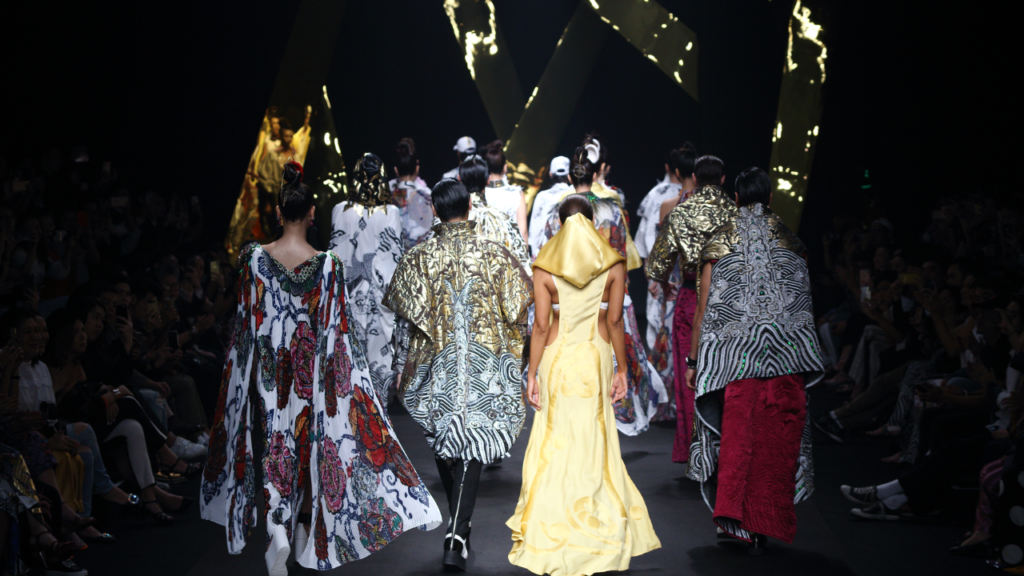
Haute Couture as a Symbol of Status
The allure of haute couture extends beyond its physical beauty to its status as a symbol of luxury and exclusivity. This section examines how marketing strategies have positioned haute couture as a coveted status symbol among the elite. From high-profile fashion shows to celebrity endorsements, every aspect of marketing contributes to the perception of haute couture as the epitome of luxury.
Brand prestige plays a crucial role in the pricing of haute couture. When purchasing a haute couture piece, clients are buying into a legacy of fashion that is synonymous with opulence and prestige. This brand value, cultivated over decades, is a significant factor in the high price tags of haute couture garments.
Understanding the Haute Couture Clientele
The clientele of haute couture is as exclusive as the fashion itself. If you find Haute Couture to be too expensive, you most likely are not the target demographic. In the world of luxurious fashion there are the small dedicated few willing to invest in one of a kind pieces specifically tailored just for them.
Haute couture clientele consists of a highly exclusive and diverse group, ranging from celebrities and public figures to private individuals whose names are not widely known. While the world often sees high-profile clients in custom couture creations, there are many more clients who prefer to remain anonymous, enjoying their luxurious garments away from the public eye. It may be hard to understand the mindset and motivations of these clients but here are some examples of who they are:
High-Profile Haute Couture Clients
- Celebrities and Royalty: Celebrities like Cate Blanchett, Nicole Kidman, and Lady Gaga, along with members of royal families such as Queen Rania of Jordan, are known to wear haute couture pieces at high-profile events. These individuals often have long-standing relationships with fashion houses like Chanel, Dior, and Valentino.
- Socialites and Philanthropists: High-profile socialites like Mouna Ayoub, who famously bought the entire Chanel collection in 1990, and philanthropist Deeda Blair, known for her refined taste in fashion, are examples of haute couture’s well-known clientele.
- Fashion Icons and Influencers: Personalities like Daphne Guinness and Heart Evangelista, who are recognized for their unique fashion sense, are also known to be patrons of haute couture, often seen in custom pieces from Alexander McQueen, Givenchy, or Schiaparelli.
Private Haute Couture Clients
- Wealthy Entrepreneurs and Businesspeople: Many clients of haute couture are successful entrepreneurs and business executives who prefer to remain out of the limelight. Their names are not publicly known, but they are an essential part of the couture clientele.
- Anonymous Patrons: Some clients are completely anonymous to the public and even to other clients. They value privacy and exclusivity, choosing to enjoy their custom-made pieces without public recognition.
Becoming and Remaining a Haute Couture Client
- Invitation to Haute Couture Shows: Becoming a haute couture client usually starts with an invitation to a couture show. This invitation is often based on a recommendation or the client’s known interest in high fashion and their ability to spend based on previous encounters with the brand.
- Initial Purchases and Fittings: After attending a show, potential clients might express interest in a piece, leading to private fittings and initial purchases. These first steps are crucial in establishing a relationship with the fashion house.
- Maintaining the Relationship: To remain a valued haute couture client, continuous patronage is expected. This includes regular purchases and attendance at shows. The cost of maintaining this status is high, as haute couture garments are incredibly expensive, often running into tens or hundreds of thousands of dollars for a single piece.
- Exclusive Events and Personalized Services: Clients are often invited to exclusive events and offered personalized services. The fashion houses go to great lengths to maintain these relationships, offering home visits, private showings, and bespoke customization.
The Economic Reality of Haute Couture
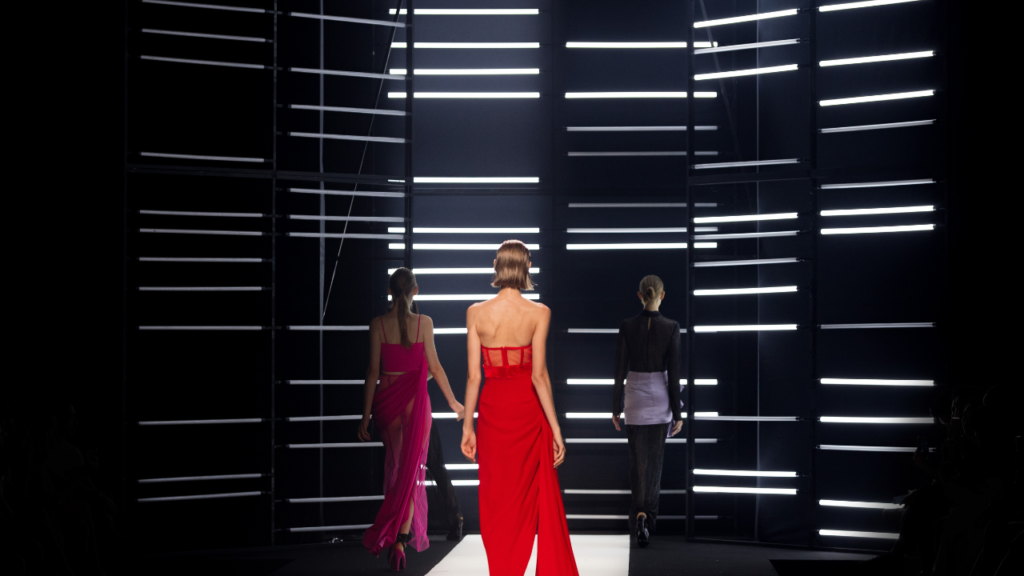
When The Creativity Is Not Hampered, The Sky Is The Limit
Haute couture is an expensive endeavor, not just for the buyers but also for the designers and fashion houses. In haute couture, designers are not constrained by cost considerations. This freedom allows them to express their creativity to the fullest, using the most luxurious materials and intricate techniques. They can experiment with rare fabrics, extravagant embellishments, and innovative designs that would be impractical for mass production. It is often where fashion trends start.
In addition, sometimes houses will allow their clients to customize their haute couture outfits even further. Adding embellishments or making it more simple is possible according to the clients’ request, it does have to be approved by the house before their personal in-house seamstress will tailor it to fit their body and ordered customization.
Given these factors, it’s not uncommon for haute couture pieces to start at $20,000, with more elaborate creations costing much more.
Haute Couture: A Niche Market with Limited Sales
Despite its high cost, the haute couture market is relatively small, with a limited number of pieces sold each year. It caters to a highly exclusive market, with a clientele base that’s surprisingly small considering the global fashion industry. It’s estimated that there are only about 4,000 active haute couture clients worldwide. This small group of individuals sustains the industry, purchasing these extremely expensive garments.
Many clients view their purchases as a form of patronage, supporting the arts and preserving traditional craftsmanship. They are not just buying a garment; they are investing in a piece of art. While the clientele is globally spread, they are concentrated in regions of wealth, such as Europe, the Middle East, the United States, and increasingly, Asia.
This niche market is what keeps the haute couture industry alive. The clients’ willingness to pay for these unique, handcrafted pieces allows designers to continue pushing the boundaries of fashion and art.
Conclusion
Haute couture, with its steep prices, represents more than just luxury fashion. It’s a fusion of exclusivity, masterful craftsmanship, artistic creativity, and brand prestige. Each piece is a unique work of art, embodying a tradition of bespoke elegance and a symbol of high-end fashion. In understanding these elements, we can appreciate haute couture not just for its cost but for its cultural and artistic significance in the world of fashion.
FAQs
Why are haute couture pieces so unique?
They are crafted with exceptional attention to detail, often using rare materials and intricate, hand-executed techniques.
Can anyone buy haute couture?
Haute couture is typically exclusive to a clientele who can afford the high price and appreciate its bespoke nature.
How long does it take to create a haute couture piece?
It varies, but creating a single piece can take hundreds of hours due to the meticulous handwork involved.
